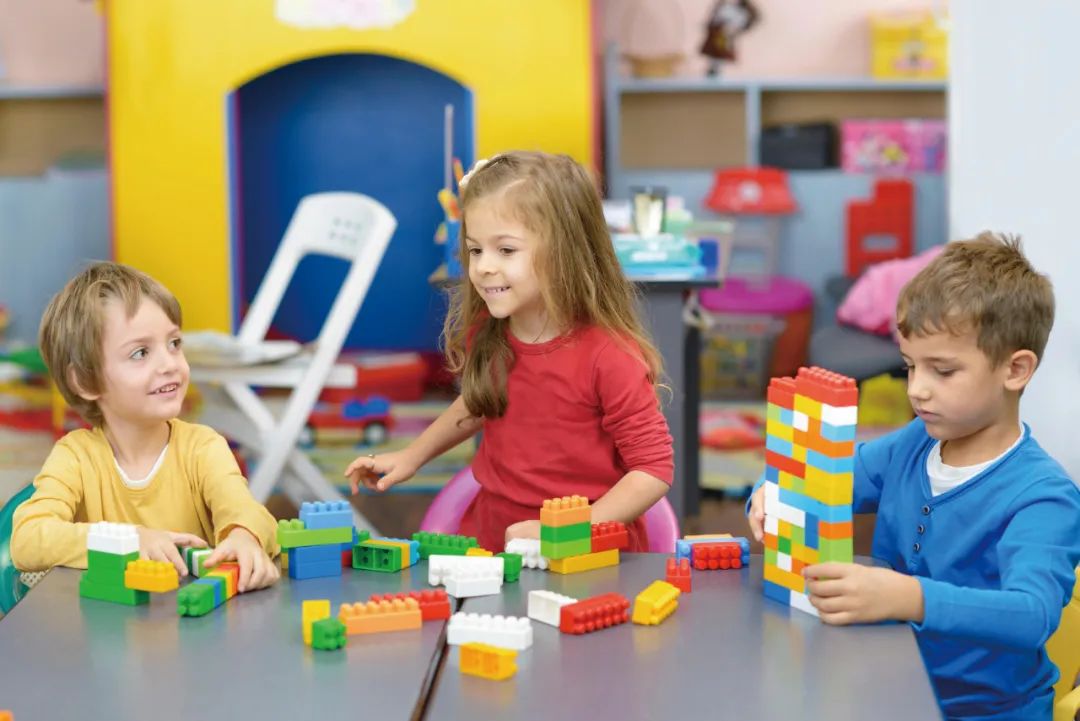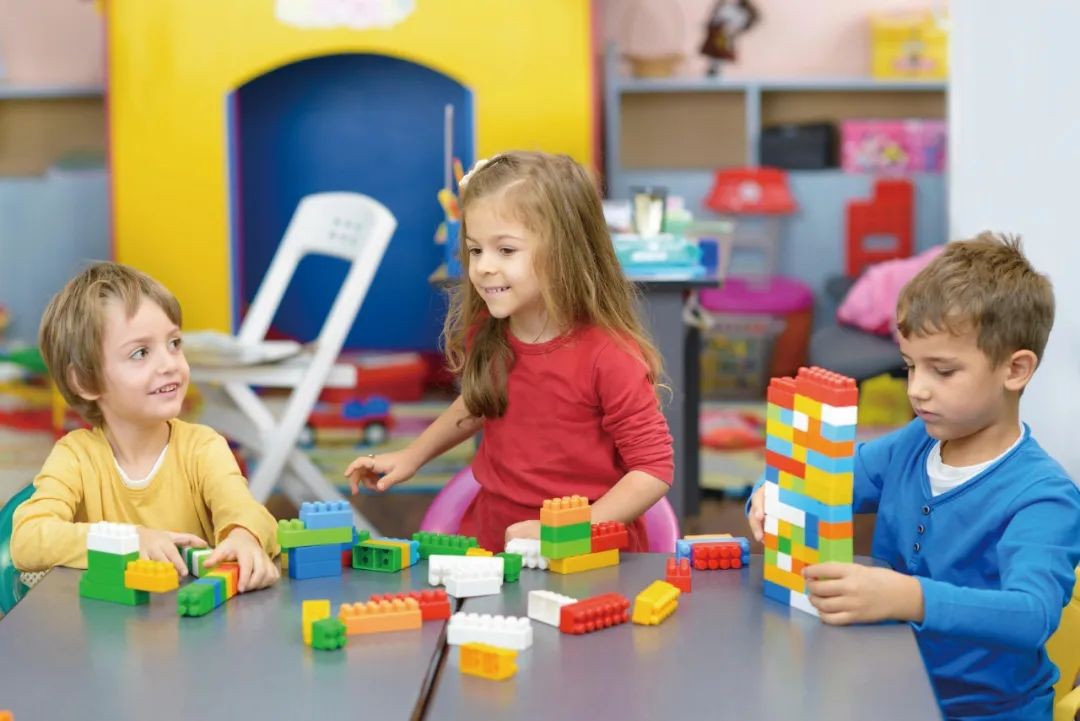
Decisions regarding your children’s education are some of the most important and long-lasting that you will make during your time as a parent living abroad. You might have researched tirelessly about different curriculums and educational philosophies. You may have spent countless hours talking to other parents, and comparing distances and prices. You might even have gone on tours to observe the quality and safety of the different facilities. These are all, without a doubt, indispensable factors to consider when making such a complex choice.
However, the quality of any educational program can be assessed through more intangible factors as well, which are nevertheless equally as important to reflect upon. Here are some extra points for you to contemplate as you analyze your options.
The Learning Environment
In addition to all materials and facilities being clean, comfortable, plentiful, and of high quality, it’s important to look for underlying factors in the learning environment as well. The atmosphere should appear fun, joyful and engaging, with active children and teachers. Kids won’t be expected to sit still for more than 15-20 minutes and the schedule reflects that. The children are given plenty of outdoor time. Learning spaces should feel welcoming and comforting, with children’s work and materials decorating the environment. Art should appear unique and creative rather than perfect. These details all suggest that the experience and needs of the students are placed at the center of the school. The indeterminate but ever-present ‘vibe’ of a classroom says way more about the quality of learning than any specific item on a check-list.

Communication
As young children are nurtured through the strength of their relationships, the style of communication in the classroom is paramount in allowing a child to feel secure and enabled to stretch themselves and grow. The adults should talk with children with encouragement and understanding, getting to their level to communicate authentically, rather than using their words to ‘control’ the classroom. The underlying respect between the students, teachers, co-workers, and parents can be hard to define, but should be easily felt during class, moments of transition, at pick-up and drop-off and even through communication about the children occurring outside of school hours.
Discipline
Going hand-in-hand with communication, the disciplinary philosophy and policies of each school speak volumes about how nurtured and capable students will feel at school. When a student behaves inappropriately are the teachers focused on helping them or punishing them? All children need ample time to practice and build the social and emotional skills of self-regulation and appropriate expression. Successful teachers will provide a safe space for this growth, model wanted behavior, and provide other tools to enable student achievement in these areas, such as clearly communicated scheduling, routines and expectations.

Additional factors to consider when visiting schools
Here are some other areas you might want to consider when checking out potential schools:
Food - what sort of meals and snacks are served at the school? What are the health and safety considerations? What about in case of food restrictions or allergies?
Cleanliness - While preschools are apt to be messy (they are a playroom for young children, after all), there, should still be policies in place to ensure basic health and hygiene.
Staff Turnover Rate - while nothing else may seem amiss, a high turnover rate suggests underlying issues.
Staff-to-child ratios - How many teachers or other staff members are present in the classroom throughout the day? Frequently cited standards recommend no more than 20 preschoolers in a group, with one trained and licensed teacher for every 6-10 preschool students.
Facilities and materials – pay attention to the quality and type of equipment present in the school, regarding everything from the types of toys and art supplies available, to the playground equipment, to the beds used for naptime. Factors such as the air conditioning and heater or the presence and use of air purifiers are important to note as well. Are your kids bringing home worksheet after worksheet, or a plethora of creative (messy, childlike) art utilizing a wide variety of materials?
Teachers- Teachers are the glue for all these other elements of quality and will make or break the experience of your child.

How do you know if it is time to change your child’s school?
A child of preschool age who doesn’t want to attend school or cries during drop-off is developmentally appropriate, especially at the beginning of their school journey. This doesn’t necessarily suggest the school is a poor fit or that the child is not ready. The factors mentioned above in this article will be a good place to start analyzing your child’s current school. Another aspect to consider is your child’s behavior and ability to adapt to the classroom environment when given time to adjust. Does your child appear listless throughout the day or refuse to participate in activities? Or are they active and confident participants? Do they seem to be building positive relationships and bonds with staff and classmates? If your child doesn’t feel comfortable to participate in activities, games, or playtime, it is very likely they are not thriving in the current environment.
Overall, when making decisions regarding your child’s education, trust your instincts as a parent. The vibe of a school and your intuitive understanding of your child’s well-being will be indispensable facets of information. If you have a good feeling, chances are your child will, too.